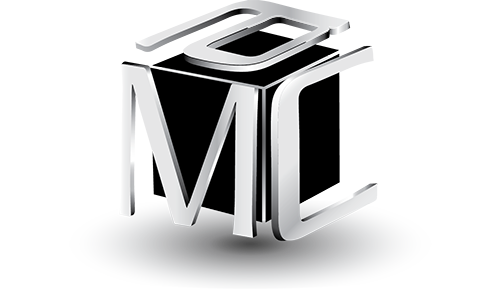Inoculating Against the Burnout Pandemic
Inoculating Against the Burnout Pandemic
Richard Citrin and Michael Couch
We’ve been working with life sciences and healthcare professionals for many years and when we talk with colleagues in these (and other) fields, we hear the same thing.
“Things are really crazy in healthcare right now.”
The truth is that healthcare and life science professionals are smart, highly dedicated, and hard working. The challenge for them is all about the shifting business requirements and expectations that have occurred as many professional fields become more complex and industrialized. (And the uncertainty, rapid change and volatility is not occurring just in healthcare.)
A recent study in the Harvard Business Review analyzed burnout data on more than 80,000 nurses, physicians and other medical personnel. It highlighted two factors that contribute to whether or not a professional experiences the burnout phenomenon. The first is referred to as “activation” which is what motivates an employee to find their work meaningful. The second is called “decompression” and relates to how effectively one can withdraw from work and renew your energy.
The research found that both nurses and physicians had high levels of activation (which builds resilience) but that the physicians had a lower level of decompression; they were not able to unplug from work. Without the opportunity to recharge, they fall into a state of burnout.
When we talk with professionals and leaders about resilience, we point out that strengthening our ability to bounce back (decompressing) is not just a responsibility of the individual but also of the organization. Organizations can do much to set the stage for recovery through actions such as managing after hour accessibility, helping employees use break and rest periods effectively, and allowing greater flexibility in when and where work occurs. Helping employees to understand the need to decompress also builds resilience and inoculates them against burnout. As with many maladies, prevention is more efficacious than treatment.
We found the results of the Harvard study to also be very enlightening because the analysis of activation tapped into factors that are linked to employee engagement (i.e., my work makes a real difference, my work is meaningful, I care for customers/clients/patients as individuals with specific needs, I would recommend this organization as a good place to work). Therefore, “activating” activation not only benefits the employee but has a broader payoff for the organization. Engaged employees are less likely to quit, tend to be more productive and have a positive impact on customer satisfaction.
We have seen a number of approaches that organizations are using to build engagement and, therefore, enhancing activation. We touched on one in the last edition of TEQ – organizations are increasingly revamping their approach to employee performance management (with its emphasis on ratings and documentation) and focusing on more frequent coaching, feedback and alignment discussions. In particular, increasing “alignment expectations” helps employees to focus on their primary role and to avoid distractions that waste time and contribute to burnout. Concentrating on alignment contributes to the creation of a high-performing culture where employees understand the organization’s vision, understand their specific role in achieving the vision, and then can easily align their work to the strategy of the business.
We have found that an additional benefit accrues from alignment and activation in that employees better envision how their work contributes to the success of others. Research by the Conference Board has shown that enhancing this “network contribution” is related to overall organization performance.
An organization’s leaders play an additional key role in enhancing decompression and activation. Leaders can be “burnout carriers” by not recognizing the need for all employees to disconnect from work and recharge or by not modeling effective decompression practices themselves. Leaders play an integral in activation by painting a compelling view of the organization’s vision for their team, planning and aligning the work of their team to achieve the vision, eliminating obstacles for their employees and investing time in coaching and employee development.
“Physician, Heal Thyself,” is a meme that can just as easily be applied to each of us as well as our healthcare professionals. Unfortunately, it is not easy to recognize the steps that we have to take to achieve this kind of well-being.
Take some time to think about how activating your organization is and what it is doing to allow employees to decompress so that it is vaccinated against the burnout pandemic.

